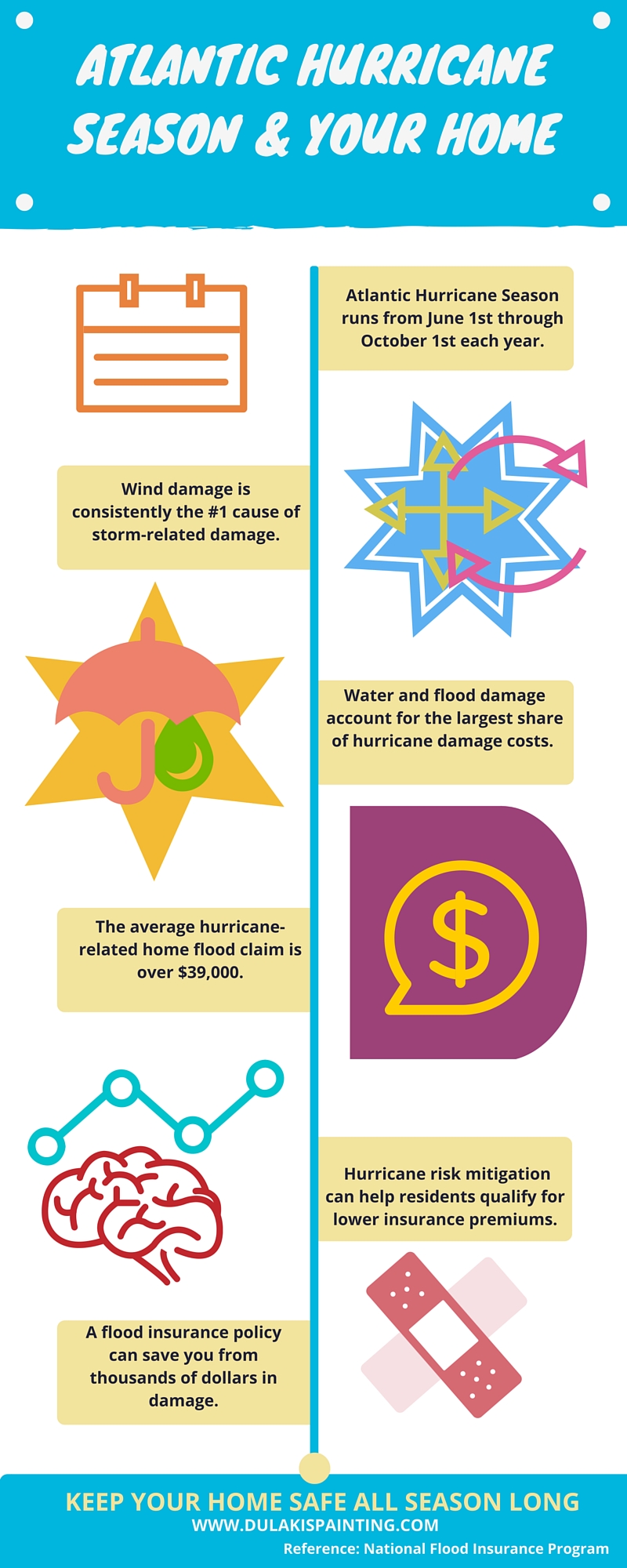Discover The Impact Of Seasonal Components On The Effectiveness Of Industrial Outside Painting And Determine The Optimum Times To Attain Long-Lasting Results For Your Job
Discover The Impact Of Seasonal Components On The Effectiveness Of Industrial Outside Painting And Determine The Optimum Times To Attain Long-Lasting Results For Your Job
Blog Article
Author-Fox Urquhart
When you're planning a commercial external paint job, seasonal aspects can make or break your outcomes. You'll want to consider just how temperature level and moisture effect paint application and drying times. Choosing the appropriate period can guarantee your paint sticks appropriately and lasts longer. However which periods are truly the best for this sort of work? Let's check out the key elements that can affect your project's success.
The Impact of Temperature Level on Paint Application
When you're intending an industrial exterior paint job, the temperature level can substantially affect exactly how well the paint sticks and dries out.
Preferably, you wish to repaint when temperatures range in between 50 ° F and 85 ° F. If it's too chilly, the paint may not heal appropriately, resulting in problems like peeling off or splitting.
On the other side, if it's also hot, the paint can dry out also quickly, preventing proper attachment and leading to an irregular finish.
You should additionally think about the time of day; morning or late afternoon supplies cooler temperatures, which can be much more beneficial.
Constantly inspect the supplier's suggestions for the specific paint you're using, as they frequently offer support on the perfect temperature level range for optimal outcomes.
Moisture and Its Result on Drying Times
Temperature level isn't the only environmental factor that affects your business outside painting task; moisture plays a substantial function as well. High moisture degrees can reduce drying times substantially, influencing the total high quality of your paint work.
When the air is saturated with dampness, the paint takes longer to treat, which can bring about concerns like bad adhesion and a higher threat of mildew development. If you're painting on a specifically damp day, be gotten ready for extended wait times in between layers.
It's crucial to keep an eye on neighborhood weather conditions and strategy appropriately. Preferably, aim for humidity levels in between 40% and 70% for optimal drying out.
Maintaining these consider mind guarantees your project remains on track and supplies a long-term surface.
Best Seasons for Commercial Outside Paint Projects
What's the very best season for your business exterior paint tasks?
Spring and early fall are typically your best options. Throughout these seasons, temperature levels are moderate, and humidity degrees are typically reduced, creating ideal conditions for paint application and drying out.
Avoid straightline.com , which can create paint to completely dry as well swiftly, bring about inadequate attachment and surface. In a similar way, winter's cold temperature levels can prevent appropriate drying out and curing, risking the long life of your paint task.
Go for days with temperature levels between 50 ° F and 85 ° F for ideal results. Keep in mind to inspect the local weather prediction for rainfall, as damp conditions can destroy your job.
Planning around residential painting hobart ensures your painting project runs smoothly and lasts much longer.
Conclusion
In conclusion, preparing your commercial outside paint tasks around seasonal factors to consider can make a considerable distinction in the outcome. By organizing job during the perfect temperature levels and moisture degrees, you'll make sure much better attachment and drying out times. Remember to keep an eye on local weather forecasts and choose the correct time of year-- spring and early autumn are your best bets. Taking these actions will help you attain a sturdy and professional coating that lasts.
